Celebrating National Hydropower Day with 10 reasons to care about America’s first clean energy resource
Aug. 24, 2023
For over a century, hydroelectric facilities have powered our region, and our nation, with reliable, emissions-free electricity. This August 24 is National Hydropower Day – an opportunity to celebrate the significant role hydro plays in our clean energy infrastructure.
Here are 10 reasons hydropower is more important than ever.
1. Hydropower is the perfect partner to renewables. While wind and solar availability varies significantly depending on the weather, hydropower is consistent and flexible. As we add more intermittent resources to the grid, hydro makes the perfect partner, providing emissions-free power that can be quickly dispatched to customers when needed or stored for later use.
2. Hydropower creates recreational opportunities. Have you ever been camping at Timothy Lake, or fishing on Lake Billy Chinook? How about paddleboarding near Timber Park? These opportunities are all thanks to the reservoirs created by our hydropower projects.



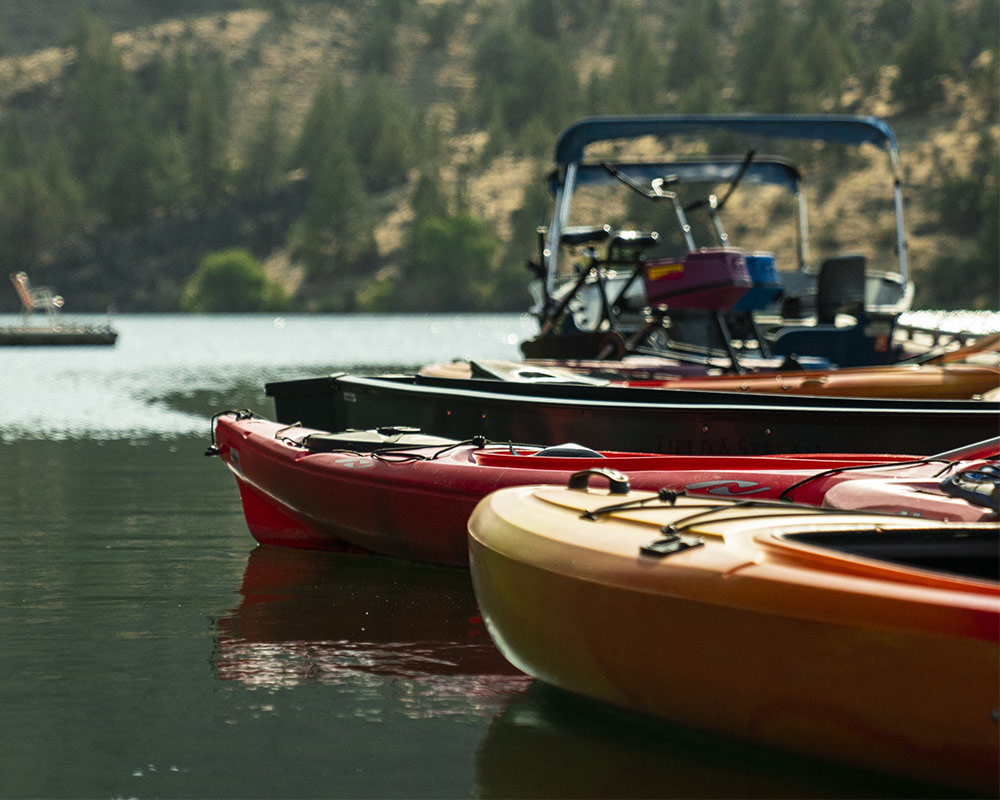





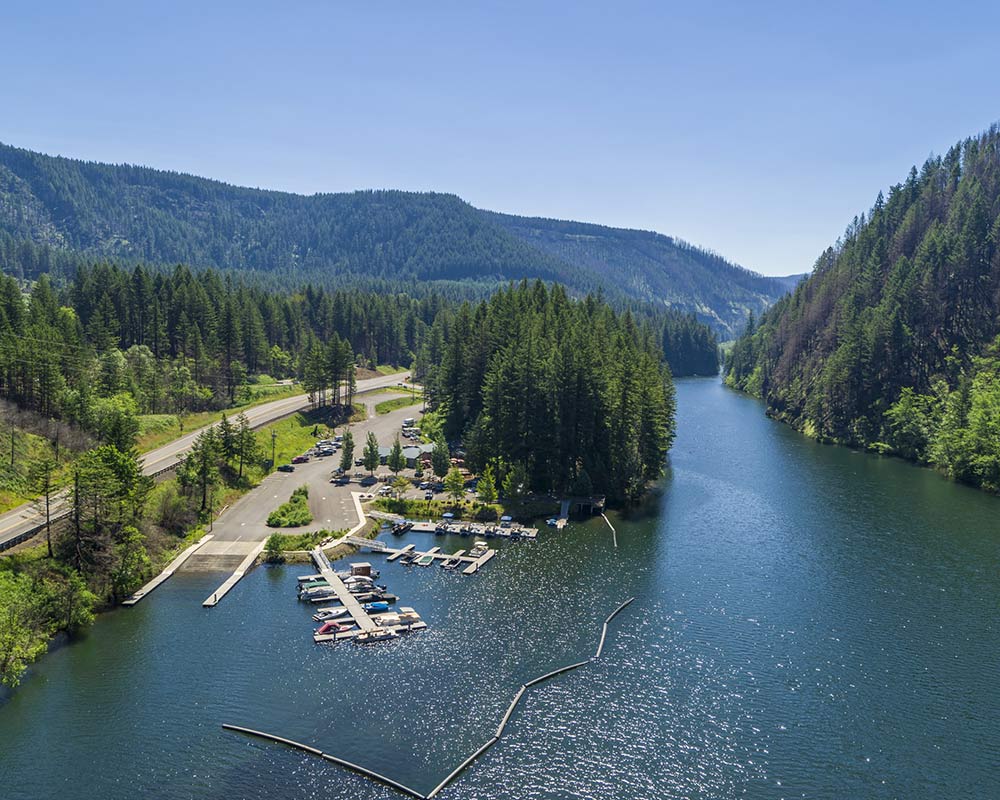
1 / 5
3. Hydropower is clean. The clean power U.S. hydropower generates each year avoids about 150 million metric tons of CO2 emissions from entering the atmosphere.
4. Hydropower creates jobs. The U.S. hydropower industry employs more than 66,000 workers, including dozens here at PGE in operations, fish and wildlife science, engineering, maintenance, and parks.
5. Hydropower is local. Hydro provides about 50% of the Pacific Northwest’s annual energy generation. We’re lucky to have such an abundant source of reliable clean energy right here in our backyard!
6. Hydropower is historic. The history of our hydropower projects contains the history of Oregon. Station A – PGE’s first powerhouse at Willamette Falls – provided the first long distance transmission in the nation, carrying electricity from Oregon City to downtown Portland. A few decades later, workers – many living on site at Three Lynx Village – built our Clackamas River dams, allowing the greater Portland area to power up for the first time. As Oregon grew, so did our hydro presence, leading to the expansion of the Clackamas River Project and the construction of Pelton Round Butte on the Deschutes River around the midcentury. Today, we’re modernizing our hydropower plants through efforts like the Faraday Resiliency & Repowering Project, which replaced the original 1907 powerhouse, ensuring they’re available to provide efficient power for decades to come.

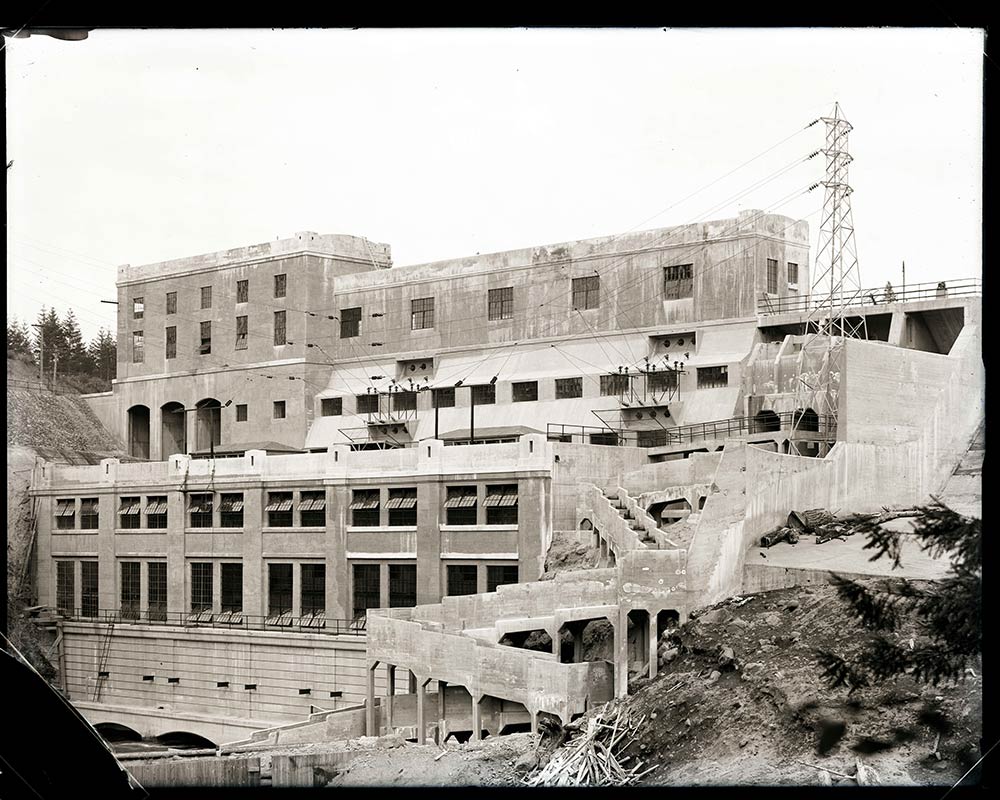

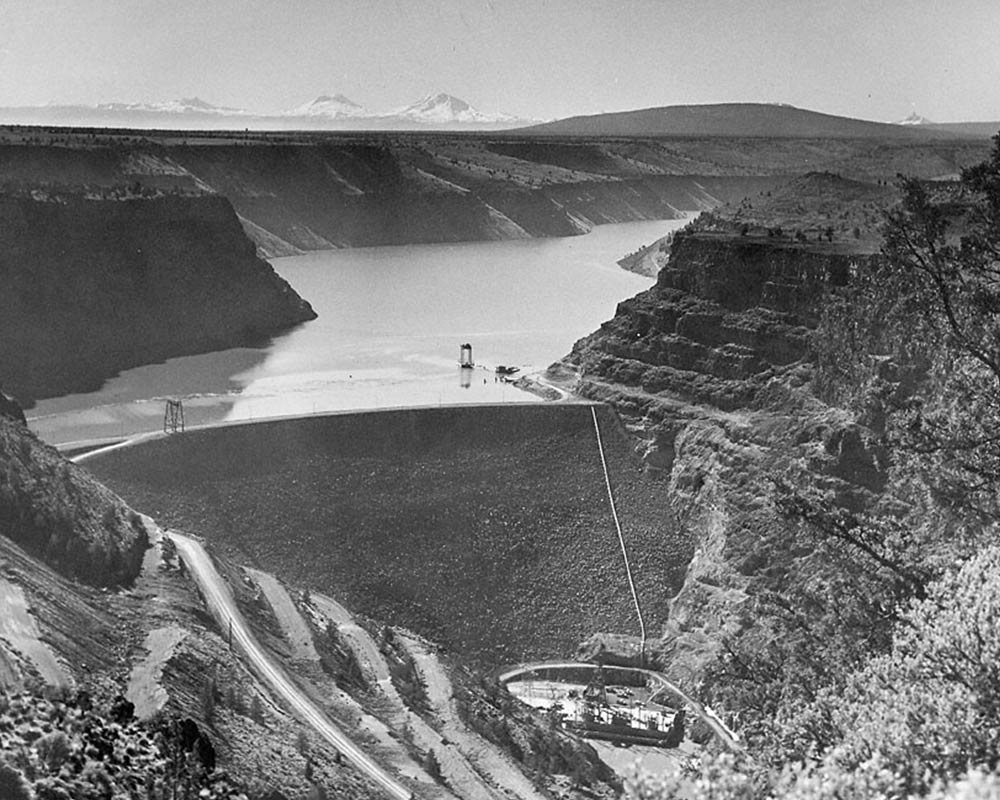

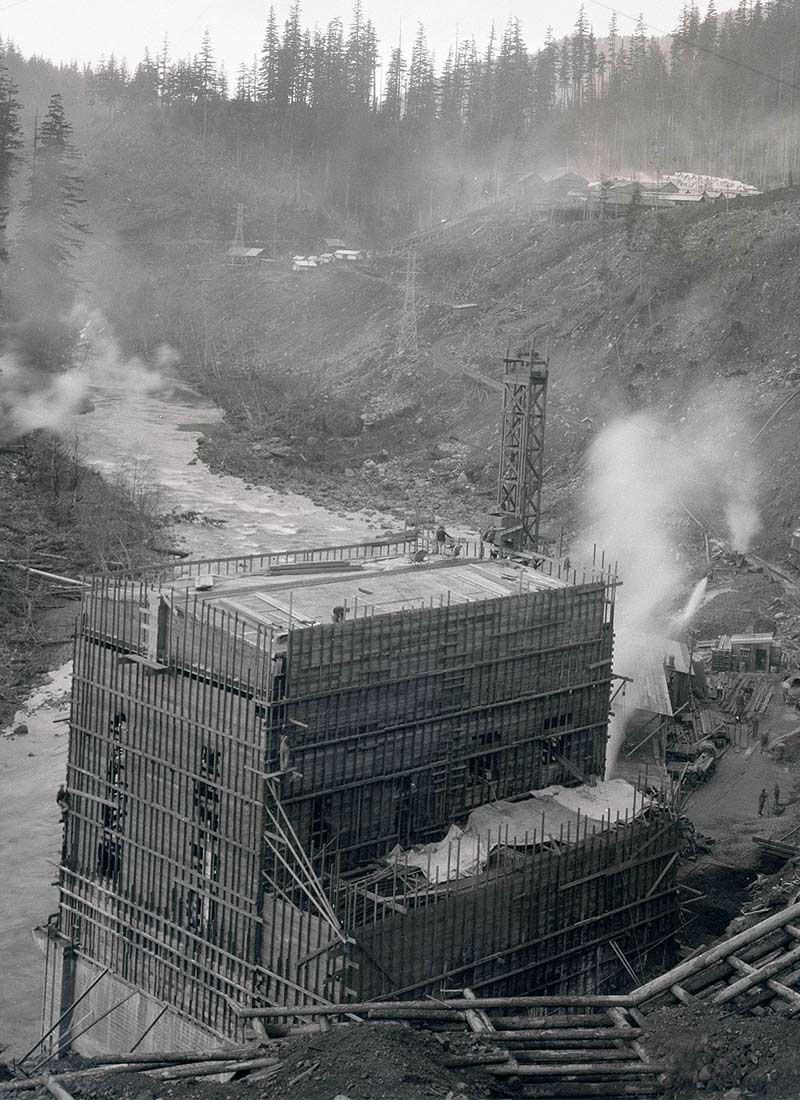




1 / 5
River Mill Dam was built from 1910-1911.
Round Butte Dam, shortly after its construction in 1965.
Oak Grove Powerhouse and Three Lynx camp in 1924.
Faraday Powerhouse in 1914, then called Cazadero.
Faraday Powerhouse in 2023 following completion of the repower project.
7. Hydropower is affordable. Compared to other sources of energy, hydropower provides low-cost electricity, and is one of the reasons Pacific Northwest customers tend to see lower energy bills compared to other parts of the country.
8. Hydropower provides a window to the river. Our fish biologists interact with fish every day, ensuring juvenile salmon and steelhead have a safe route to the ocean and adult fish can return upstream to spawn. This means we have access to a uniquely robust and long-term dataset, contributing significant information to regional fisheries science.
9. Hydropower creates partnerships. From our co-owners at Pelton Round Butte – the Confederated Tribes of Warm Springs – to the countless environmental nonprofits, state and federal agencies, and watershed councils we work with, collaboration drives results at our hydro facilities.
“I think it's important to acknowledge the complex history of hydropower. It’s undeniable that the construction of dams in the Pacific Northwest had devastating impacts to our natural resources and the Tribes who depend on those resources. Today, we work hard to mitigate these environmental and cultural impacts, for example, through improvements to fish passage, investments in habitat and close partnership with local Tribes. At the same time, we work to increase the efficiency of our hydro resources through efforts like the Faraday Resiliency & Repowering Project. These upgrades will help us get the most emissions-free electricity possible from our historic hydro fleet into the future.” - Megan Hill, natural resources manager at West Side Hydro and Pelton Round Butte
10. Hydropower is always evolving. We’re investing in the modernization of our hydropower projects to ensure they’re effective resources for decades to come. These upgrades include the Faraday Resiliency & Repowering Project, which improved efficiency and seismic safety at one of our oldest plants, and the recertification of Pelton Round Butte as a Low Impact Hydropower facility.